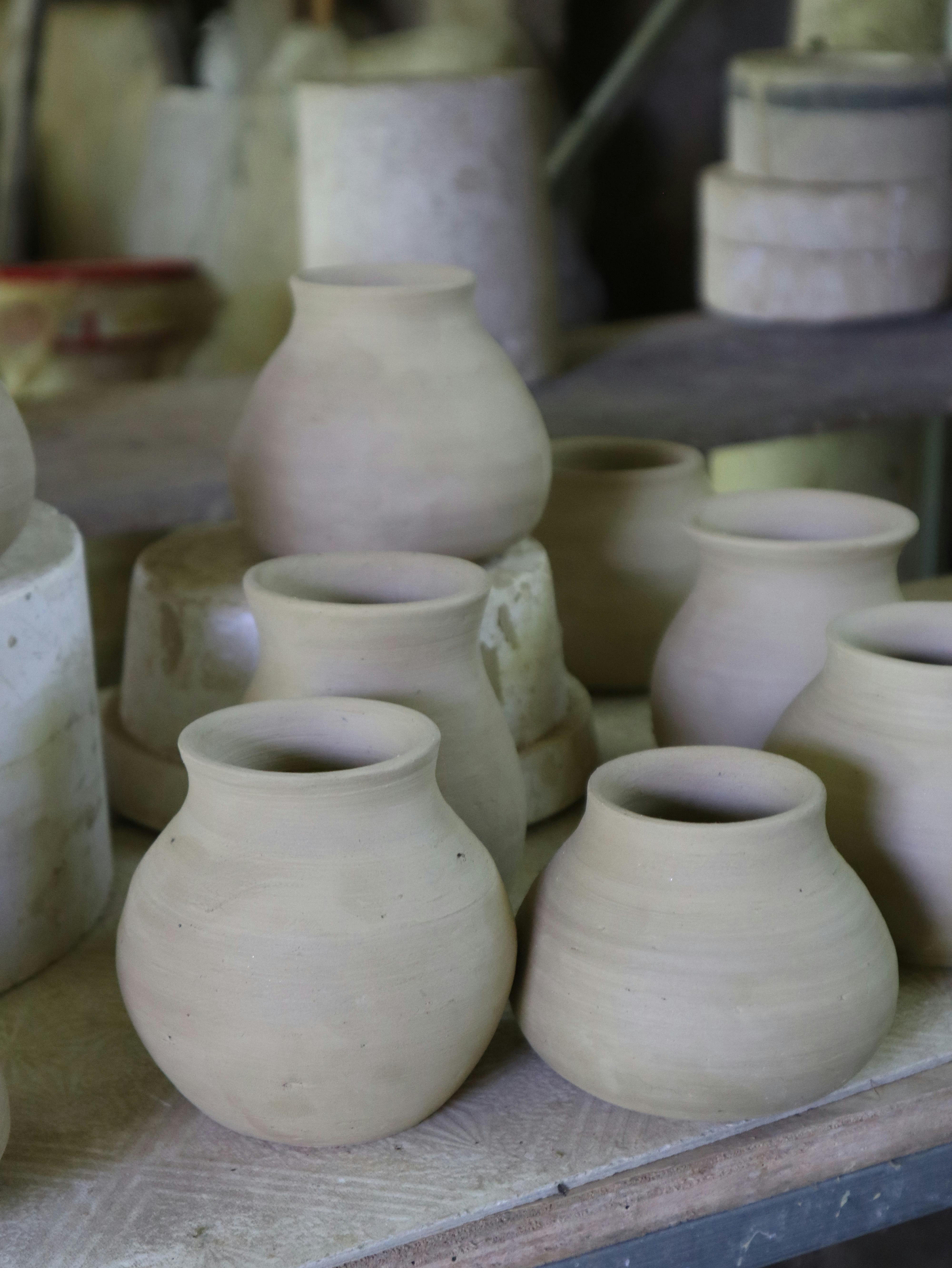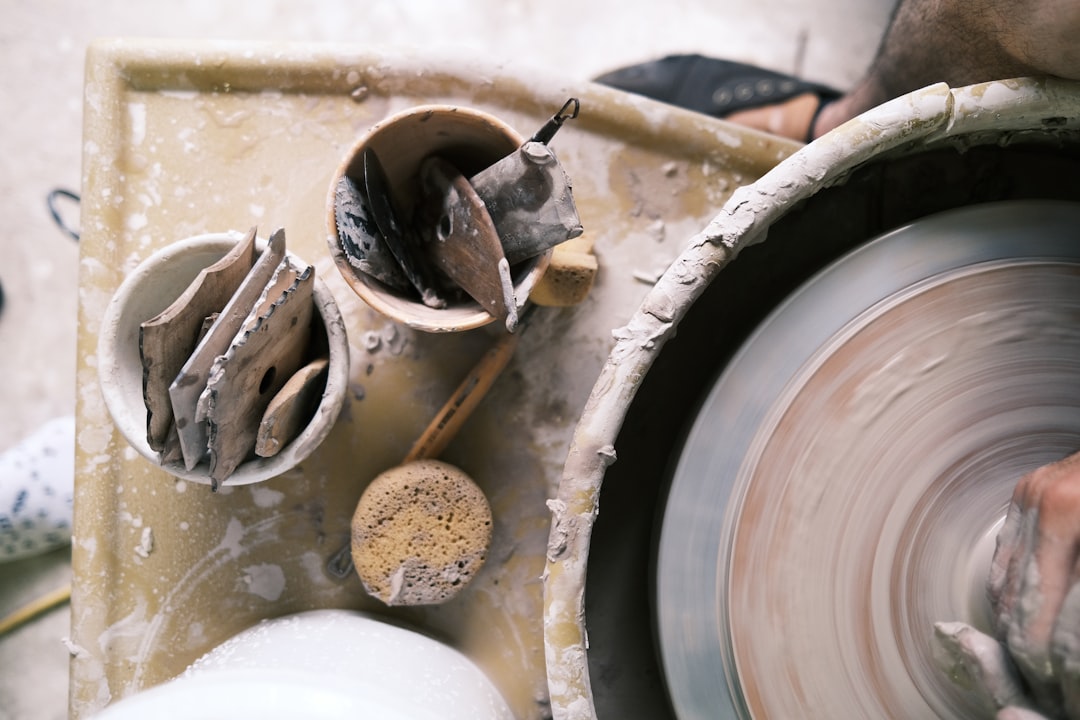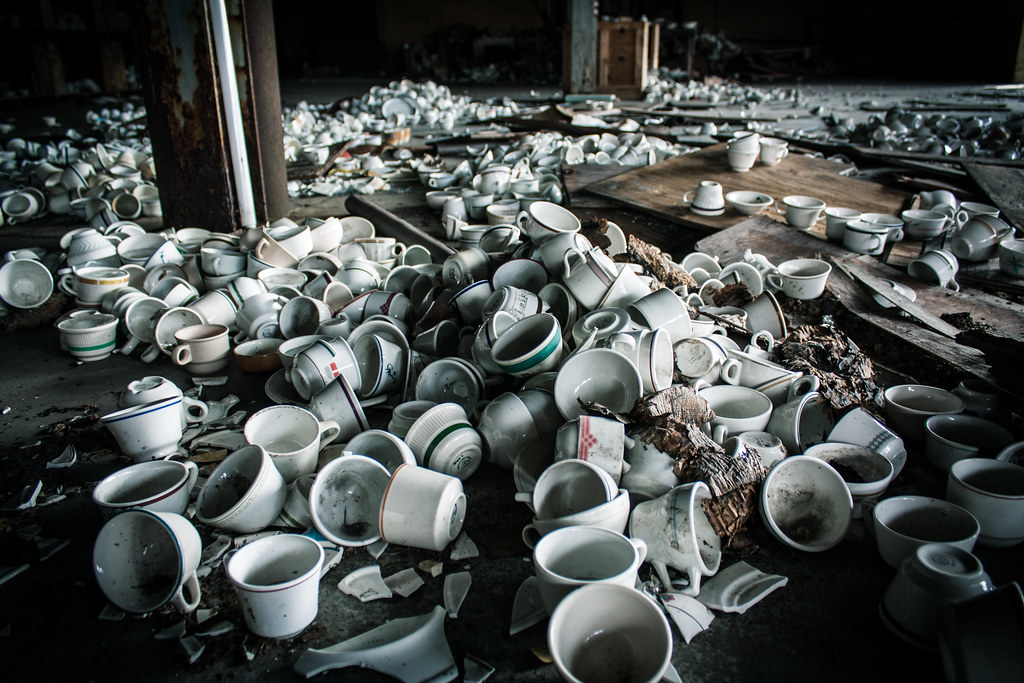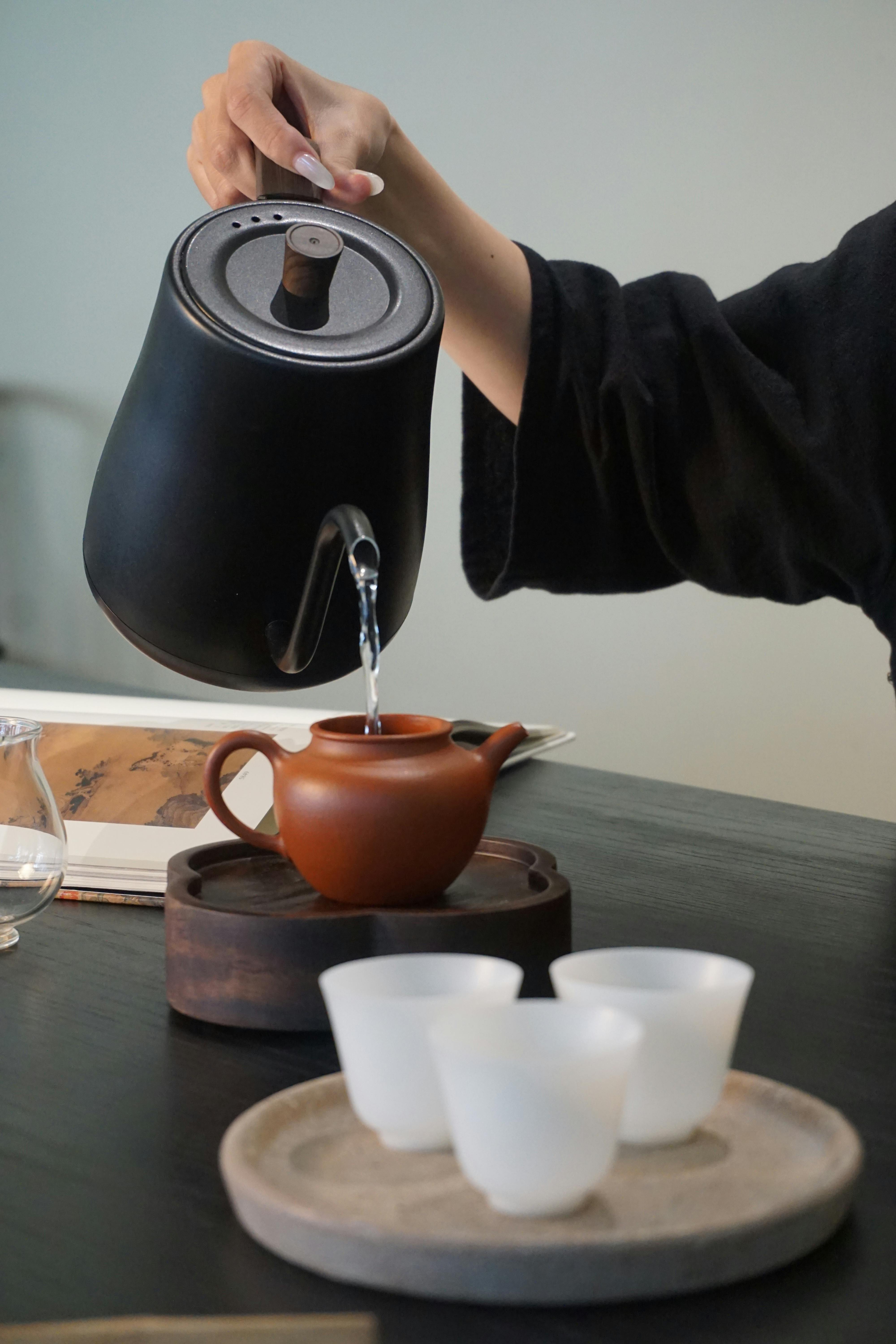
Embarking on the journey of beginning ceramics opens up a world of creativity, allowing newcomers to transform simple clay into beautiful, functional art. As you start to delve into the basics, it’s helpful to familiarize yourself with essential tools, common techniques, and the different types of clay available. Understanding these fundamentals is the first step to enjoying a rewarding and therapeutic experience that ceramics can offer. Let’s explore these key elements that every beginner should know.
| Essential Tools | Common Techniques | Types of Clay |
|---|---|---|
| Clay Cutter | Pinching | Earthenware |
| Pottery Wheel | Coiling | Stoneware |
| Sculpting Tools | Slab Building | Porcelain |

The Joy of Digging Your Hands into Clay
There’s something undeniably satisfying about working with clay. The tactile pleasure of molding a soft lump into a unique form is like nothing else. As a beginner, it’s important to dive in without fear of getting messy or making mistakes. Embrace each imperfection and see it as part of the learning journey. Start simple with a pinching technique—a method that uses just your hands to create small bowls and cups. It’s an excellent introduction to understanding how clay responds to your touch.

Essential Ceramics Tools You Won’t Want to Be Without
Even though clay can be shaped with your bare hands, having the right tools can make your experience smoother, and your creations more refined. Here are some essentials to have on hand:
- Clay Cutter: Perfect for slicing through blocks of clay and achieving clean edges.
- Pottery Wheel: While a more advanced tool, learning to use a wheel can help create symmetrical pieces like plates and bowls.
- Sculpting Tools: These are your go-to for adding intricate details and textures to your ceramics.

Unlocking Creativity Through Technique
Techniques in ceramics are as varied as the pieces you can create. Newcomers should start with the basics:
- Pinching: A foundational skill that teaches the feel of the clay.
- Coiling: Build forms by stacking and smoothing long rolls of clay, perfect for larger, hollow shapes.
- Slab Building: Use flat sheets of clay to create boxes or panels, introducing a more structured approach to your projects.
Don’t rush; technique develops with practice and patience. Each method offers a unique opportunity to express yourself and can be combined for more complex designs.

Exploring the Right Clay for Your Art
Choosing the right type of clay is crucial for the success of your project. Different clays have distinct properties that affect the texture and appearance of your finished piece.
- Earthenware: Known for its rich, warm colors, it’s excellent for beginner-friendly projects but tends to be more porous.
- Stoneware: This clay is incredibly strong, making it ideal for functional dishes that can withstand the rigors of daily use.
- Porcelain: Prized for its smooth texture and delicate finish; although more challenging to work with, it offers elegant results.
Selecting the right clay depends on your project goals and your skill level. As you gain confidence, experimenting with different types can add variety and interest to your work. For those interested in diving deeper, understanding the slip stage of clay is an advanced step that can enhance your skills.
Additionally, for those looking to turn their passion into a business, selling pottery successfully involves mastering both artistic and marketing strategies.
Remember to enjoy every step of your ceramics journey! What discoveries have you made along the way, and what techniques or tools have become your favorites? Share your thoughts or any tips you’ve picked up in the comments below. For more insights and tips, check out our recent articles.
Supplement Your Learning with This Beginner’s Ceramics Video
Embarking on the journey of beginning ceramics opens up a world of creativity, allowing newcomers to transform simple clay into beautiful, functional art. To further guide you through the basics, check out Wendy Stone’s YouTube video, “Ceramics for Beginners: Everything You Need to Know Before You Start Pottery,” which offers a comprehensive step-by-step guide to get you started on your pottery journey.
Can I learn ceramics on my own?
Absolutely! Many beginners explore ceramics by watching how-to videos, reading pottery books, and experimenting in their own space. It’s a wonderful way to get a feel for clay and discover simple techniques like pinch pots or coil-building. Still, if you want the fastest route to mastering the basics of beginning ceramics, consider joining a class with an experienced instructor. This hands-on guidance can make your learning process smoother, as you’ll get real-time feedback and tips for perfecting techniques on the pottery wheel or handbuilding methods.
What is the 3-pull rule in ceramics?
The “3-pull rule” is a helpful guideline in wheel throwing where potters limit themselves to three main pulls when shaping a vessel. Each pull helps draw the clay walls upward and outward to refine the form of your pot. Staying within three pulls can prevent overworking the clay, help maintain consistent wall thickness, and ensure your piece doesn’t collapse or lose its shape—all essential factors for beginners in ceramics.
What are the basics of ceramics?
At its core, ceramics involve working with naturally occurring materials—primarily clay, water, and earthen minerals. You shape this workable clay into bowls, mugs, or sculptures using techniques like handbuilding, mold casting, or wheel throwing. Once your form is complete, it’s fired in a kiln at high temperatures, transforming the soft clay into a durable piece of art or functional ware. Glazing and a second firing add color, shine, or a water-tight finish, making ceramics both practical and decorative.
Can I learn ceramics at home?
Yes, you can certainly embark on beginning ceramics right from home. Start small with simple tools, basic handbuilding methods, and a reliable source of clay. If a full pottery wheel or kiln isn’t in your budget right now, consider air-dry clay for practice or check local studio options for firing your work. Online tutorials, books, and pottery forums can be inspiring resources, and with time and persistence, you’ll see your skills grow as you shape unique pieces from the comfort of your own space.
As you continue to explore the wonderful world of ceramics, remember that patience and practice are your best friends. Each piece you create, whether a simple bowl or a complex sculpture, is a step forward in honing your skills and expressing your unique artistic voice.
Stay Connected and Inspired
I'd love to see your progress and share more tips and inspiration! Be sure to follow us on Instagram to stay updated with our latest ceramic projects and community events.
